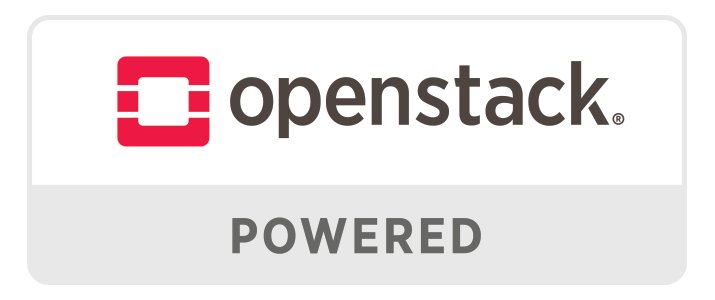OpenStack is an open source, multi-tool software platform that enables the management of server infrastructure with a focus on providing resources to users in an automated API fashion. When asked “What is OpenStack?” the most typical answer is a “private cloud”. But it is much more than that.
Originally launched in 2010 with the assistance of NASA, OpenStack allows companies to add servers, storage and networking components to their data center with ease. In addition, it also provides end user systems to deploy and use those resources, typically via Virtual Machines (VMs) and storage that can be attached to the VM easily. OpenStack on a more wide scale is considered to be Infrastructure as a Service (IaaS) and aims for simple implementation, massive scalability, and security.
In This Article:
Key Note: Are you considering OpenStack for your company or new project? Short circuit weeks or months of work with our “On Demand OpenStack”. You can spin up OpenStack in 45 minutes.
What is OpenStack used for?
OpenStack gives users the ability to manage a cloud environment quickly, allowing the deployment of virtual machines that handle various tasks for managing a cloud. Providing infrastructure, OpenStack makes it easy for users to quickly add new instances for additional cloud components and resources. In addition, users of OpenStack enjoy other benefits that include quick scalability, which allows users to easily increase or decrease their resources to match their needs as they change.
OpenStack Components
OpenStack uses virtual resources to run a combination of tools, which are the numerous open source components that form OpenStack. Once deployed, OpenStack users have access to the components and APIs to access infrastructure resources. Below is a list of some of the main components you’ll encounter in OpenStack:
- Nova
Provides a way to provision virtual servers (compute instances). Nova supports creating virtual machines, baremetal servers, and have limited support for system containers. It requires Keystone, Glance, Neutron, and Placement components for basic function. More on OpenStack Nova. - Neutron
Implements the OpenStack Networking API, providing network connectivity as a service between interface devices managed by other OpenStack services, like Nova. More on OpenStack Neutron. - Cinder
The OpenStack Block Storage service for providing volume (storage) to Nova virtual machines, baremetal hosts, containers and more. Cinder is component-based and has the ability to quickly add new behaviors. It’s also highly-available, fault-tolerant, and recoverable. More on OpenStack Cinder. - Horizon
Provides a web-based user interface to OpenStack services. It is OpenStack’s dashboard. More on OpenStack Horizon. - Keystone
Provides API client authentication, service discovery, and distributed multi-tenant authorization by implementing OpenStack’s Identity API — which generates authentication tokens that permit access to the OpenStack services. More on OpenStack Keystone.

We hope the above has answered “What is OpenStack?” but if not, we have many articles covering OpenStack in our EDU channel.
Are you looking for a great set of tools for the deployment and management of cloud services? With the ability to easily scale resources when needed, OpenStack can streamline the efforts of many companies in various industries. See OpenStack in action with our Cloud first IaaS.


































